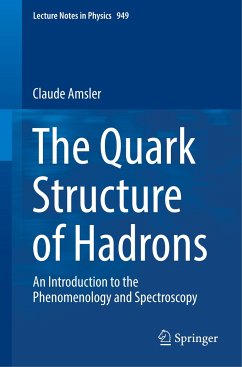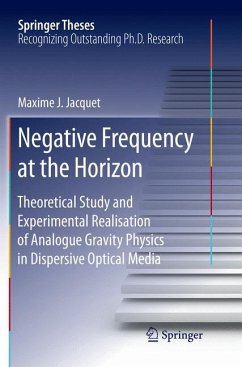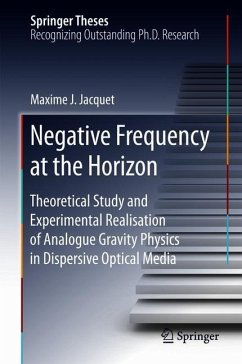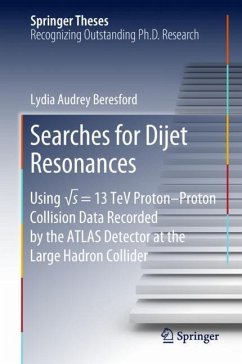
The Nature of X-Rays and Their Interactions with Matter - Volume I
Semi-Classical Concepts
Versandkostenfrei!
Versandfertig in 6-10 Tagen
136,99 €
inkl. MwSt.

PAYBACK Punkte
68 °P sammeln!
Volume I of the second edition, subtitled Semi-Classical Concepts, presents x-ray science through the semi-classical framework of light and matter.The opening chapter, Introduction and Overview, remains largely unchanged from the first edition. It sets the stage for both volumes of the new edition by reviewing the revolutionary advances in x-ray science driven by synchrotron radiation sources and x-ray free-electron lasers. The following chapters are organized into two parts.Part I establishes the equivalence between wave-based and conventional quantum descriptions of light, which form the fou...
Volume I of the second edition, subtitled Semi-Classical Concepts, presents x-ray science through the semi-classical framework of light and matter.
The opening chapter, Introduction and Overview, remains largely unchanged from the first edition. It sets the stage for both volumes of the new edition by reviewing the revolutionary advances in x-ray science driven by synchrotron radiation sources and x-ray free-electron lasers. The following chapters are organized into two parts.
Part I establishes the equivalence between wave-based and conventional quantum descriptions of light, which form the foundation of the semi-classical approach. It also discusses the generation of synchrotron and XFEL radiation, now extended to recent accelerator breakthroughs that enable the creation of diffraction- and transform-limited x-ray pulses reaching into the attosecond regime.
Part II applies the semi-classical treatment to describe how x-rays interact with matter, whether through an individual atomic or collective dielectric response. Topics include x-ray absorption, dichroism, emission, scattering, and diffraction, extensively illustrated with experimental results. Special emphasis is placed on polarization-dependent, resonant responses key to the unique atomic and chemical specificity of x-rays and their ability to probe the charge and spin structure of matter. The final chapter explores real-space and diffractive imaging techniques, with a focus on solving the phase problem through holography, over-sampling, ptychography, and multi-wavelength anomalous diffraction.
An appendix provides reference material, including physical symbols, SI units and values, resonant line shapes, the Dirac d-function, and a concise overview of Fourier transform methods and Parseval s theorem.
The opening chapter, Introduction and Overview, remains largely unchanged from the first edition. It sets the stage for both volumes of the new edition by reviewing the revolutionary advances in x-ray science driven by synchrotron radiation sources and x-ray free-electron lasers. The following chapters are organized into two parts.
Part I establishes the equivalence between wave-based and conventional quantum descriptions of light, which form the foundation of the semi-classical approach. It also discusses the generation of synchrotron and XFEL radiation, now extended to recent accelerator breakthroughs that enable the creation of diffraction- and transform-limited x-ray pulses reaching into the attosecond regime.
Part II applies the semi-classical treatment to describe how x-rays interact with matter, whether through an individual atomic or collective dielectric response. Topics include x-ray absorption, dichroism, emission, scattering, and diffraction, extensively illustrated with experimental results. Special emphasis is placed on polarization-dependent, resonant responses key to the unique atomic and chemical specificity of x-rays and their ability to probe the charge and spin structure of matter. The final chapter explores real-space and diffractive imaging techniques, with a focus on solving the phase problem through holography, over-sampling, ptychography, and multi-wavelength anomalous diffraction.
An appendix provides reference material, including physical symbols, SI units and values, resonant line shapes, the Dirac d-function, and a concise overview of Fourier transform methods and Parseval s theorem.












